
Run privileged commands more securely in OpenShift Dev Spaces
Learn how to run privileged commands in OpenShift Dev Spaces cloud development environments more securely, using OpenShift sandboxed containers (Kata containers).

Learn how to run privileged commands in OpenShift Dev Spaces cloud development environments more securely, using OpenShift sandboxed containers (Kata containers).
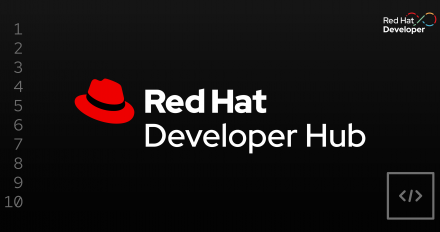
Learn how to enhance your Red Hat Developer Hub instance by building and installing your own dynamic plug-ins.
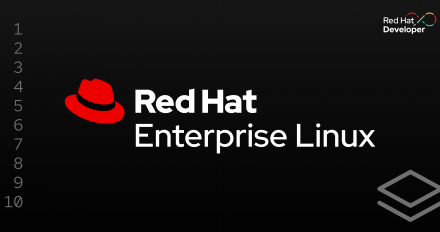
Learn how to use the new RHEL 10 soft reboot feature in image mode (bootc) to significantly reduce downtime for OS updates.

Explore the top developer features in RHEL 9.7 that enhance the developer experience.

Learn about the libdwfl_stacktrace initiative for the elfutils project and improvements to the kernel’s perf_events infrastructure to benefit solutions like SFrame.
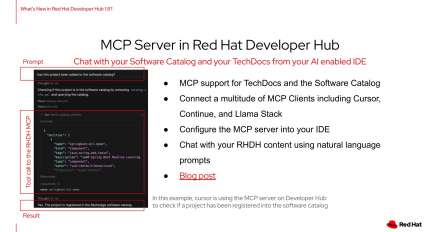
We are pleased to announce the general availability of Red Hat Developer Hub

Learn how to automatically transfer AI model metadata managed by OpenShift AI into Red Hat Developer Hub’s Software Catalog.
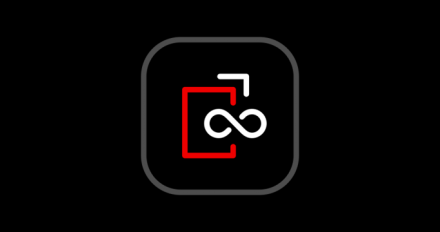
Your Red Hat Developer membership unlocks access to product trials, learning resources, events, tools, and a community you can trust to help you stay ahead in AI and emerging tech.
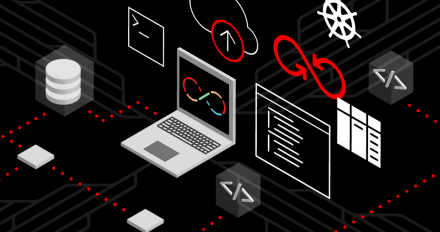
Discover the features of the oc adm upgrade recommend command in Red Hat OpenShift 4.20, which simplifies OpenShift updates.
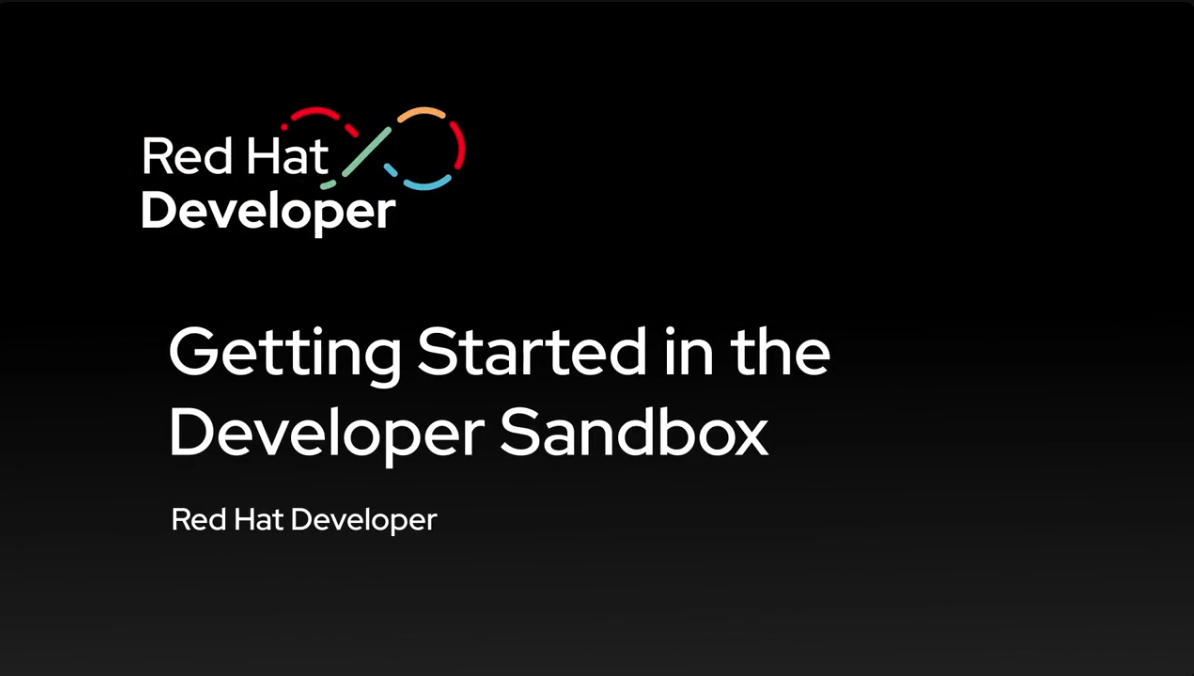
In this exploration of the Developer Sandbox, you'll learn the basics of how to get started as well as some helpful configuration tips.
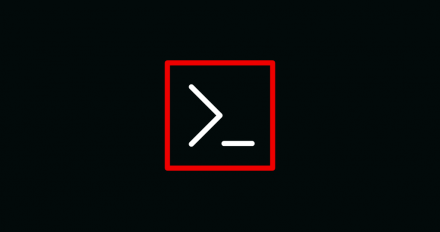
Learn about the deprecation of the odo CLI and how to transition to OpenShift Dev Spaces and other tools for your cloud-native development workflow.
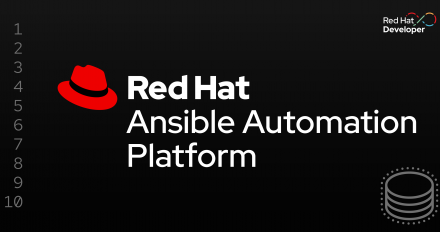
Explore key updates in Red Hat Ansible Automation Platform 2.6, including the self-service automation portal and Ansible Lightspeed intelligent assistant.

Learn how to create, update, and manage a custom, bootable Red Hat Enterprise

See how to use Cursor AI to migrate a Bash test suite to Python, including how to replace functions and create a new PyTest suite.
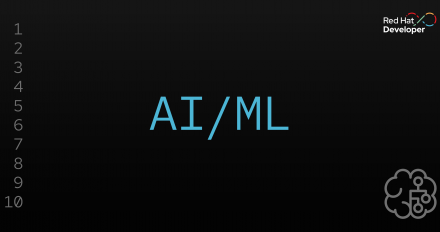
Discover how llama.cpp API remoting brings AI inference to native speed on macOS, closing the gap between API remoting and native performance.

Enhance your Python AI applications with distributed tracing. Discover how to use Jaeger and OpenTelemetry for insights into Llama Stack interactions.
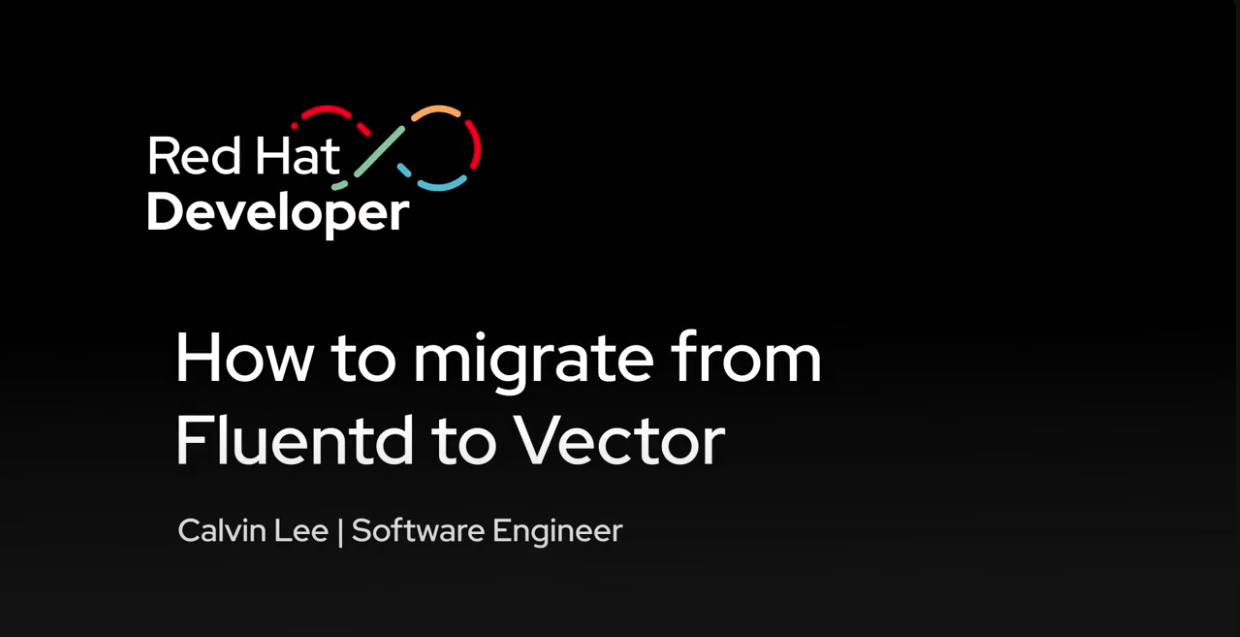
In this video, Calvin Lee demonstrates how to migrate from Fluentd to Vector.
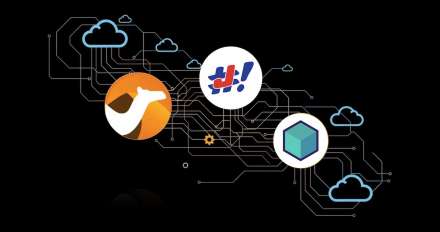
Discover how Camel JBang's infra command simplifies local development by launching real back ends like Kafka and Artemis, eliminating complex mock setups.

Accelerate the adoption of Red Hat Developer Hub with the Adoption Insights

Go from a fast Jenkins pipeline to a fast and more secure one with Red Hat Advanced Developer Suite, adding signing, SBOM validation, and runtime enforcement.

Learn how to create your first Software Template for Red Hat Developer Hub and Backstage, import it into your own instance, and verify its functionality.
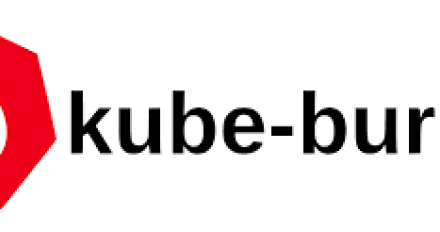
The Red Hat Performance & Scale team developed a robust network policy workload
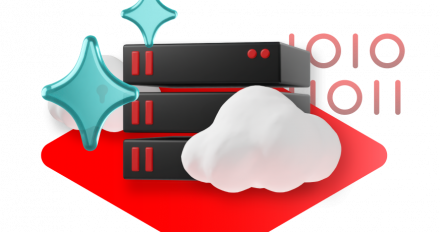
Enterprise-grade artificial intelligence and machine learning (AI/ML) for

This video demonstrates the scaling of an object used in a custom metric autoscaler. It depicts the example described in this article: https://developers.redhat.com/articles/2025/06/13/boost-ai-efficiency-gpu-autoscaling-using-keda-openshift#.

Learn how to configure secure service-to-service authentication within Red Hat Developer Hub.